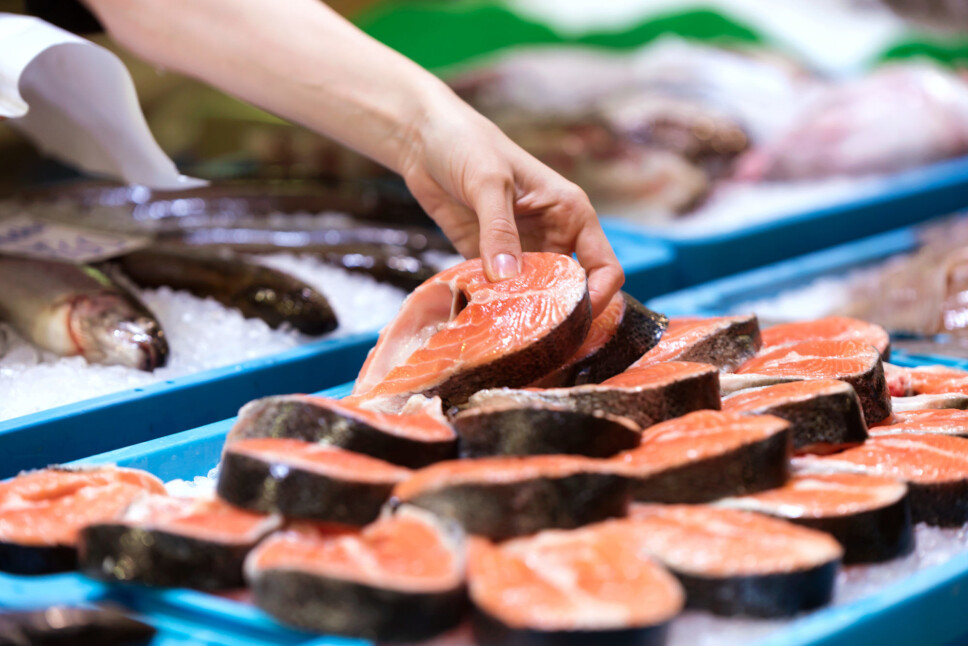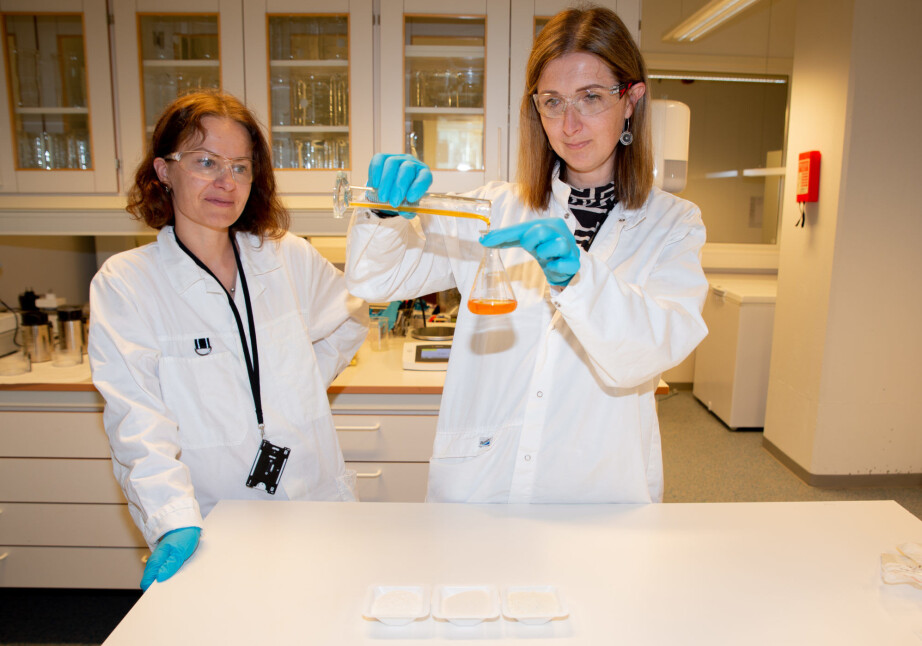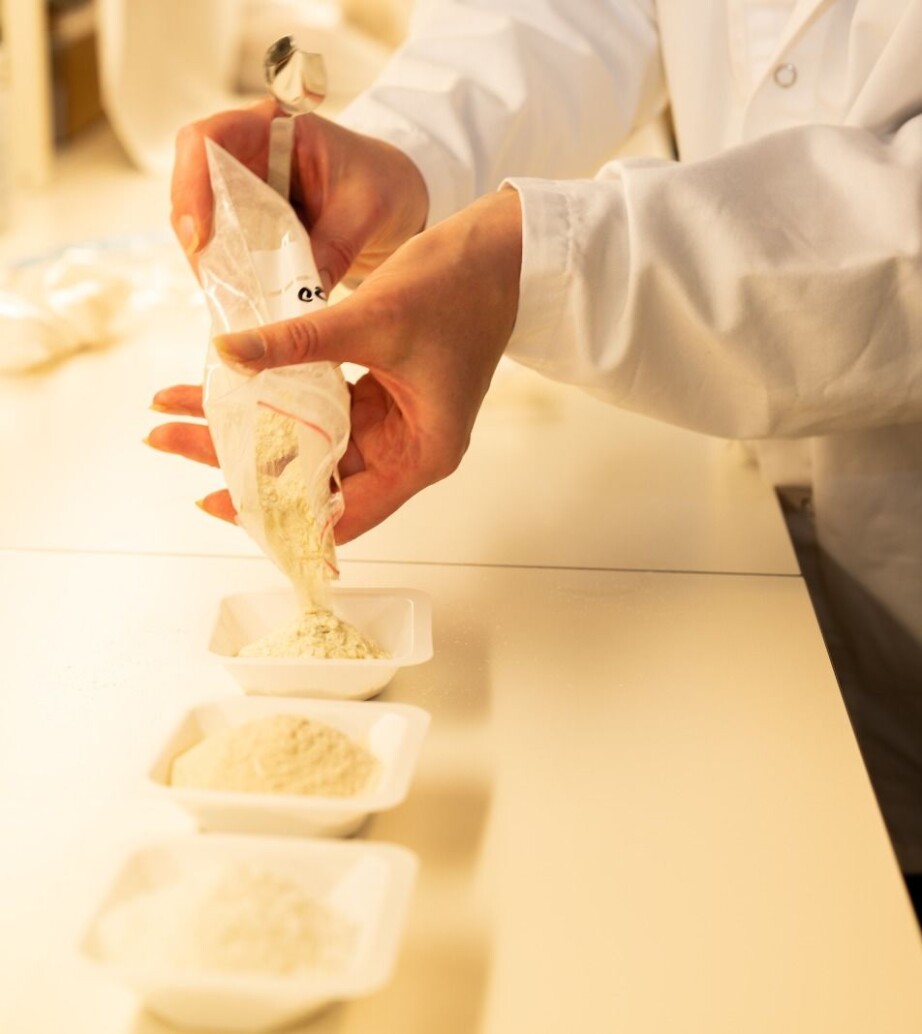This article is produced and financed by SINTEF - read more

Successful utilisation of every single gramme of fish
The rest raw materials left after a salmon has been filleted are equivalent to more than 60 percent of its slaughtered weight. It will soon be possible to convert these into a high-quality fish oil, taste-neutral fish proteins, fish gelatin and flame-retardant materials. Ensuring that not a single gramme goes to waste.
"Our technology is inexpensive, easy to apply and offers outstanding utilisation of the restraw materials," says SINTEF researcher Rasa Slizyte.
"Moreover, the products are of higher quality than those manufactured by current methods," she says.
Slizyte is heading a work package of the EU-funded research project DAFIA, which for the last three years has been looking into smarter ways of utilising fish-derived raw materials.

Getting better results at lower temperatures
After filleting, the first stage of the process is to separate the oil from the rest raw materials. Currently, the standard approach is to heat the materials to 90 degrees. However, such high temperatures cause damage to both the oil and proteins, making the latter suitable only as animal feed.
"Fish taste is usually not desired when working with marine-derived health food products and ingredients," says Slizyte.
"For this reason, we’ve developed a more sensitive, low-temperature method, which involves first extracting the oil and then using a washing technology to remove unwanted taste components from the proteins. We are then left with pure, taste-neutral proteins," she says.
The proteins have the same taste intensity levels as pea and whey proteins that are popular ingredients in health foods. The fish oil can be sold separately as a high-quality product or as an ingredient in other health food products.

Fish gelatin or natural flame retardants?
After the high-quality oil and taste-neutral proteins have been extracted, we are left with pure fish bone material. The researchers are proposing that this can be used to manufacture either fish gelatin or flame retardants. The latter are used to reduce fire hazards in products ranging from cars and buildings to children’s toys.
"Fish gelatin is popular among vegetarians and people who, for religious reasons, do not eat pork-related products. However, too little gelatin is currently being produced, so demand is high," says Slizyte’s colleague Revilija Mozuraityte.
Many flame retardants used today are not ecological. Many of today’s products contain hazardous chemicals that can inhibit hormones and are toxic to the environment.
When the researchers launched the project they were not aware that fish bone material could be used to manufacture flame retardants, and discovered this almost by accident.
"When we realised, together with our Israeli project partners at Daren Laboratories & Scientific Consultants Ltd., that this was possible, we simply had to follow it up," says Slizyte.
The Israeli scientists have developed a manufacturing technology for the sustainable production of more eco-friendly flame retardants.
Applying large-scale manufacture
All the technologies and manufacturing methods have been tested in the laboratory, and the researchers are now in the process of scaling up volumes so that these can be applied at industrial scale.
"This will benefit all those working with fish raw materials, whether in the aquaculture sector or fishermen filleting fish on their vessels," says Slizyte.
The project has received funding from the EU’s H2020 funding programme for research and innovation under Grant Agreement (GA) no. 720770.


































